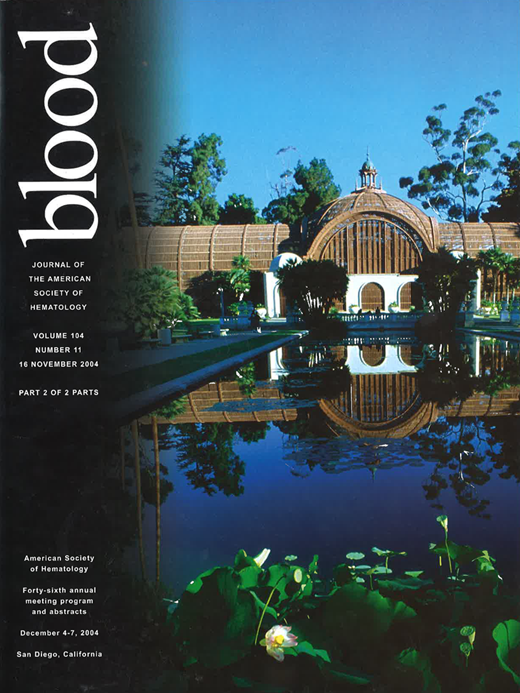Abstract
An important treatment strategy for sickle cell anemia is to increase fetal hemoglobin (HbF) in circulating erythrocytes. We use hydroxyurea (HU) as a model compound to induce HbF in adult human erythroid progenitor cells to examine the relationship between cell toxicity and globin gene expression. HU inhibits ribonucleotide reductase and its use is limited by hematopoietic toxicity at high dose. Cultures of primary human hematopoietic progenitor cells were stimulated with erythropoietin (EPO) and the effect of increasing doses of HU (from 1 to 200 mM) was determined on cell proliferation and differentiation, globin production, and erythroid transcription factors expression. At the lowest concentration (1 mM) we observed a minimal increase in cell proliferation with little change in % benzidine positive cells after 12 days of culture with EPO. As HU concentration increased, proliferation and % benzidine positive cells decreased, with concentrations of 100 and 200 mM being highly toxic, reducing cell number by 10 fold or more. Analysis of globin gene expression indicates that low concentrations of HU increase both g-globin and b-globin, resulting in only a modest increase in the g/(g+b) ratio compared with control. The g/(g+b) ratio increases with increasing HU concentration reaching a value of 0.25 or greater for concentrations of 50 mM or more, and approaching 1.0 at 200 mM, a consequence of the suppression of b-globin expression. This concentration of HU also inhibited g-globin expression, so that although the g/(g+b) ratio is quite high, it is at a cost in overall globin production and cell toxicity. Hemoglobin expression is determined primarily at the transcription level. We examined expression of GATA-1, GATA-2, SCL/Tal-1 and EKLF as regulatory proteins critical to erythropoiesis. We found that HU affects expression of select transcription factors associated with erythroid differentiation. EPO induction of GATA-1, a zinc-finger transcription factor required for survival and differentiation of erythroid progenitor cells, is delayed with HU, and the peak level of GATA-1 decreases at mid- and high concentrations, falling by 10 fold or more at 100 mM or greater. At the lowest concentration (1 mM) GATA-1 increases higher than the control. HU also delays EPO induction of SCL/Tal-1, a basic-helix-loop-helix transcription factor that positively regulates erythroid differentiation and is required for the production of mature erythrocytes, and EKLF, a zinc-finger transcription factor necessary for induction of b-globin in adult erythroid cells that acts by direct binding to the b-globin promoter. At the lowest concentration (1 mM), the delay in EPO induction of SCL/Tal-1 and EKLF is followed by a marked increase leading to peak levels greater than the control. At mid- and high concentrations, overall levels of SCL/Tal-1 and EKLF are reduced. GATA-2, a member of the GATA-family that plays a critical role in proliferation and survival of early erythroid progenitor cells, is down-regulated with EPO stimulation and is not markedly affected by HU. Therefore, HU concentration is crucial in optimizing the production of HbF. At low levels, HU increases both b- and g-globin resulting in small increases in g/(g+b) ratio, while at high concentrations the maximal increases in g/(g+b) ratio are concomitant with cytotoxicity. These data explain in part the importance of the maximum tolerated dose to achieve maximum increase in %HbF in hydroxyurea therapy.μμμγβγγβγγβμμβγγγβμμμβγγγβγγβββ
Author notes
Corresponding author

